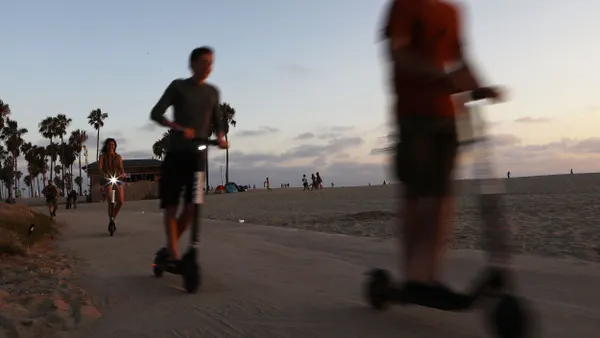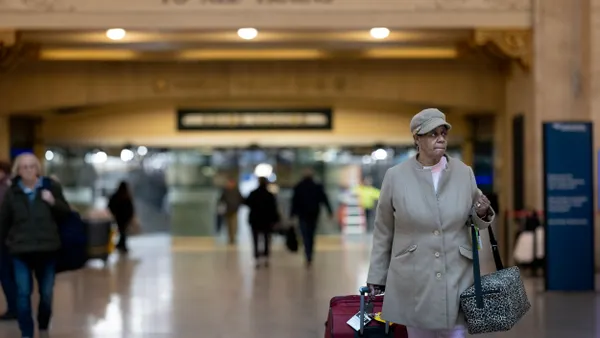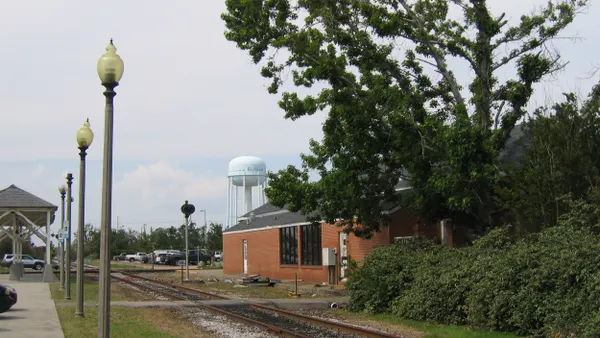Dive Brief:
- The City of Chicago has created its first-ever Equitable Transit-Oriented Development (TOD) policy plan, designed to advance racial equity through pedestrian-friendly development near transit hubs.
- The policy will address the city's insufficient development of dense, walkable retail and housing near transit stations in Black communities across the city's South and West sides. The plan also intends to mitigate the "displacement pressures" experienced by longtime residents living near transit stations in parts of the city undergoing rapid growth.
- Since 2016, more than 200 developments have been approved in Chicago to have TOD benefits. But 90% of those initiatives approved between 2016 and 2019 have been in the city's North and Northwest sides, downtown and West Loop areas. Those areas, which can be largely White and affluent, are also often supported with additional private investments and development, whereas the city's Black neighborhoods are seeing reductions in population as residents seek better amenities and transit.
Dive Insight:
The new coronavirus (COVID-19) pandemic and ongoing demonstrations against police violence have highlighted a number of public health disparities within the City of Chicago.
Building an equitable TOD policy plan is Chicago's latest move to address significant racial disparities in wealth, health, transportation access and more. The plan can also help close the city’s life expectancy gap, according to a city statement, as Black Chicagoans live nine years less on average than its White residents.
TOD plans like Chicago's "not only improves the quality of life for residents with increased access to employment opportunities and cultural amenities through greater connection between communities but by also reducing traffic congestion and greenhouse gas emissions due to a decreased need for vehicles," city officials said in a statement.
Chicago has also experienced some setbacks with TODs. In Latinx neighborhoods like Pilsen where TODs occur, accelerated growth has still led to the displacement of long-time residents. The city’s 2020 policy will aim to protect existing residents from being pushed out of their neighborhoods via more inclusive economic growth tactics.
"Every Chicagoan, no matter what side of the City they reside on, should have access to both our world-class transportation system and the recreational, housing, and environmental benefits that come with it," Mayor Lori Lightfoot said in a statement. "The new eTOD Policy Plan will expand this access and give our most disinvested neighborhoods the long-overdue opportunity to enjoy these benefits while not being forced out of the community they call home."
Earlier this year, the city announced the appointment of a new chief sustainability officer who will be tasked with marrying racial equity and climate goals. The intersections of race and climate have taken on a heightened sense of urgency for the city as its Black residents have disproportionately been affected by COVID-19.
The city also made improvements to the equity of its scooter program. Chicago is in the second phase of its pilot after its initial pilot yielded results that showed 72% of riders where White and 65% were male. To correct the disparity in ridership, the city expanded its scooter pilot this summer to spread at least half of the 3,333 scooters from each operator to Chicago's South and West sides.
Other cities like Austin, TX have also taken a closer look at the value of walkability and accessible transit stations. That city recently created an interactive map that plots the proximity of income-restricted housing to available transit. The map is intended to highlight the potential value of a proposed $7.1 billion transit system, and to prevent the displacement that could occur from such an effort.











